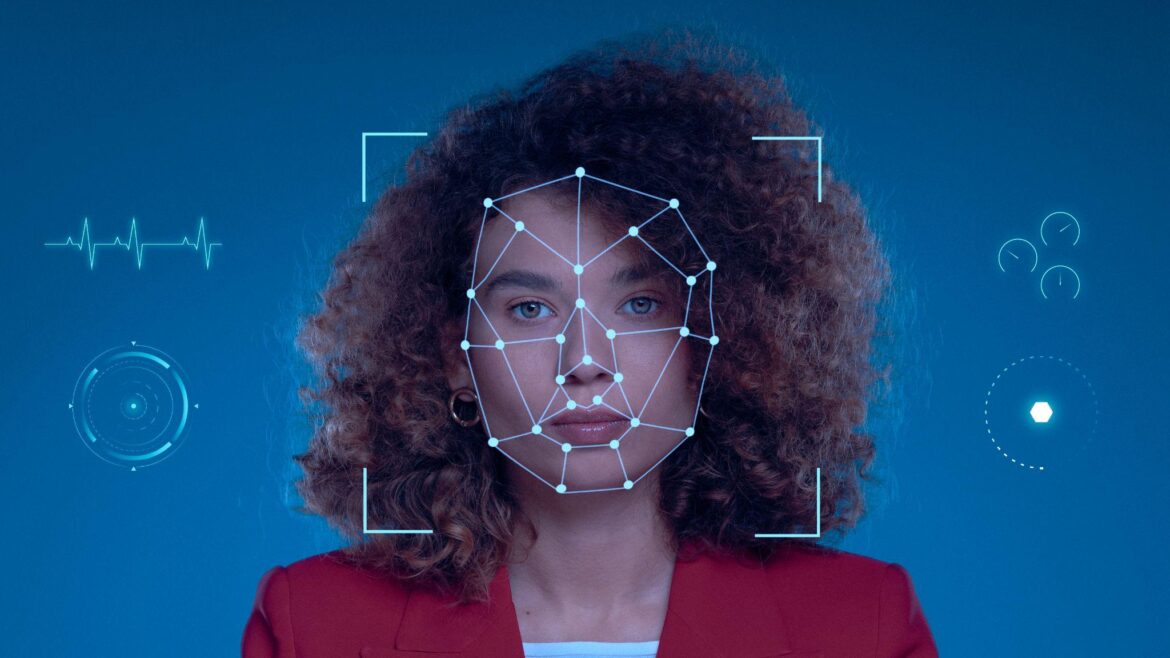Table of Contents
In the ever-evolving landscape of computing technologies, Identity Verification (ID Verification) has emerged as a critical component, especially in the realms of cybersecurity, financial services, and digital commerce. This article delves into the advancements in ID verification technologies, explores their integration with computing systems, and discusses the future trends that could redefine how we establish and protect digital identities.
Historical Context and Evolution
The concept of id verification is not new; it has been a cornerstone of security and trust in transactions for centuries. Historically, physical documents like passports, driver’s licenses, and birth certificates have been used to verify an individual’s identity. However, the digital age has necessitated more sophisticated and seamless methods.
With the advent of the internet and digital databases, the late 20th century saw the first major shift towards electronic ID verification. This shift was marked by the digitization of personal information and the use of basic cryptographic techniques to safeguard data transmitted across the emerging digital platforms.
Modern ID Verification Technologies

The 21st century has introduced a plethora of technologies that have transformed ID verification processes. Key among these technologies are biometric authentication, machine learning algorithms, and blockchain technology.
- Biometric Authentication: This involves using unique physical characteristics of individuals, such as fingerprints, facial recognition, and iris scans, to verify their identity. The integration of biometric sensors in smartphones and other personal devices has made this form of verification more accessible and widespread. Its application ranges from unlocking devices to authorizing credit card payments and accessing secure facilities.
- Machine Learning Algorithms: These algorithms enhance the accuracy and efficiency of ID verification processes. They can analyze vast amounts of data to detect fraudulent activities and patterns that would be impossible for human analysts to find in a reasonable timeframe. Machine learning also plays a crucial role in document verification processes by checking the authenticity of various documents against known templates and anomaly patterns.
- Blockchain Technology: Known primarily for its association with cryptocurrencies, blockchain offers a decentralized and tamper-proof ledger system. This characteristic is incredibly beneficial for ID verification, providing a secure platform to store and verify user credentials without the risk of tampering or fraud. Blockchain-based ID systems can potentially eliminate the need for central authorities, thereby reducing vulnerability to data breaches.
Challenges in ID Verification
Despite advancements, ID verification technologies face several challenges:
- Privacy Concerns: The use of biometric data and personal information raises significant privacy issues. There is an ongoing debate about the balance between security and privacy, especially with laws like GDPR (General Data Protection Regulation) in Europe enforcing strict data protection rules.
- Sophistication of Fraud: As ID verification technologies evolve, so do the tactics employed by fraudsters. Deepfake technology, synthetic identities, and other fraudulent methods are becoming more sophisticated, making it increasingly difficult to detect and prevent fraud.
- Accessibility and Inclusivity: Ensuring that ID verification technologies are accessible to everyone, including those in developing countries or with disabilities, is a significant challenge. There is also the risk of bias in biometric systems, where technology might not be equally effective across different ethnicities or demographics.
Integration of ID Verification Technologies in Various Sectors
Healthcare
ID verification technologies in the healthcare sector ensure patient privacy and improve service efficiency. Utilizing biometric verification, such as fingerprint and facial recognition, enhances the security of patient identification processes and medical record access. This method not only secures sensitive information but also streamlines administrative procedures, helping to reduce wait times and improve overall patient care.
Banking and Financial Services
In the realm of banking and finance, robust ID verification systems are vital for mitigating risks associated with financial fraud. These technologies are integral to Know Your Customer (KYC) processes, which help institutions understand their customers better and manage risks prudently. Advanced ID verification methods, including real-time face recognition and document verification, ensure that online banking transactions are both secure and efficient, safeguarding against identity theft and unauthorized access.
Government
Digital ID verification technologies are increasingly being adopted in government services to enhance the security and efficiency of public administration. From voter identification in elections to streamlined tax collection processes, these systems ensure that government interactions are secure, reducing the potential for fraud while improving accessibility and convenience for citizens.
Ethical Considerations and Data Privacy
Balancing Security with Privacy
The deployment of ID verification technology raises significant privacy concerns, particularly regarding the storage and use of biometric data. It’s essential to balance the benefits of enhanced security with the rights of individuals to privacy. This balance requires robust legal frameworks like the General Data Protection Regulation (GDPR), which enforces strict guidelines on data handling and user consent.
Consent and User Control
Ensuring user consent and providing control over personal information are paramount. Users should have the ability to access, review, and manage their data, and they must be informed about how their information is used. Transparent practices build trust and compliance with regulatory requirements, reinforcing the ethical use of technology.
Technological Advancements and Their Implications
The Role of AI and Machine Learning
AI and machine learning are revolutionizing ID verification by enhancing the precision of authenticity checks and fraud detection systems. These technologies can analyze patterns and anomalies in data at unprecedented speeds, offering more dynamic and adaptable security measures.
Impact of Quantum Computing
Quantum computing holds the potential to significantly alter cryptographic landscapes, introducing ultra-secure encryption methods that could become the new standard for protecting digital IDs. As these technologies develop, they may offer solutions to current encryption challenges, setting new benchmarks for data security.
Challenges and Future Outlook
Addressing the Digital Divide
While ID verification technology offers numerous benefits, it also presents challenges, particularly in bridging the digital divide. Access to such technologies remains limited in underdeveloped regions, which could exacerbate existing disparities in technology use and access to services.
The Road Ahead
The future of ID verification technology looks promising but requires careful consideration of technological, societal, and ethical factors. As the landscape evolves, continued innovation and regulation will be crucial to harness the benefits while minimizing risks associated with digital identity systems.
Conclusion
ID verification is a field at the intersection of technology, security, privacy, and ethics. As computing technologies continue to advance, they bring both opportunities and challenges to the field of ID verification. The ongoing developments in AI, quantum computing, and blockchain are promising, but they require careful implementation to balance security needs with privacy rights and accessibility. The future of ID verification will likely be characterized by increased integration of these technologies, aiming to create a seamless, secure, and inclusive digital world.










